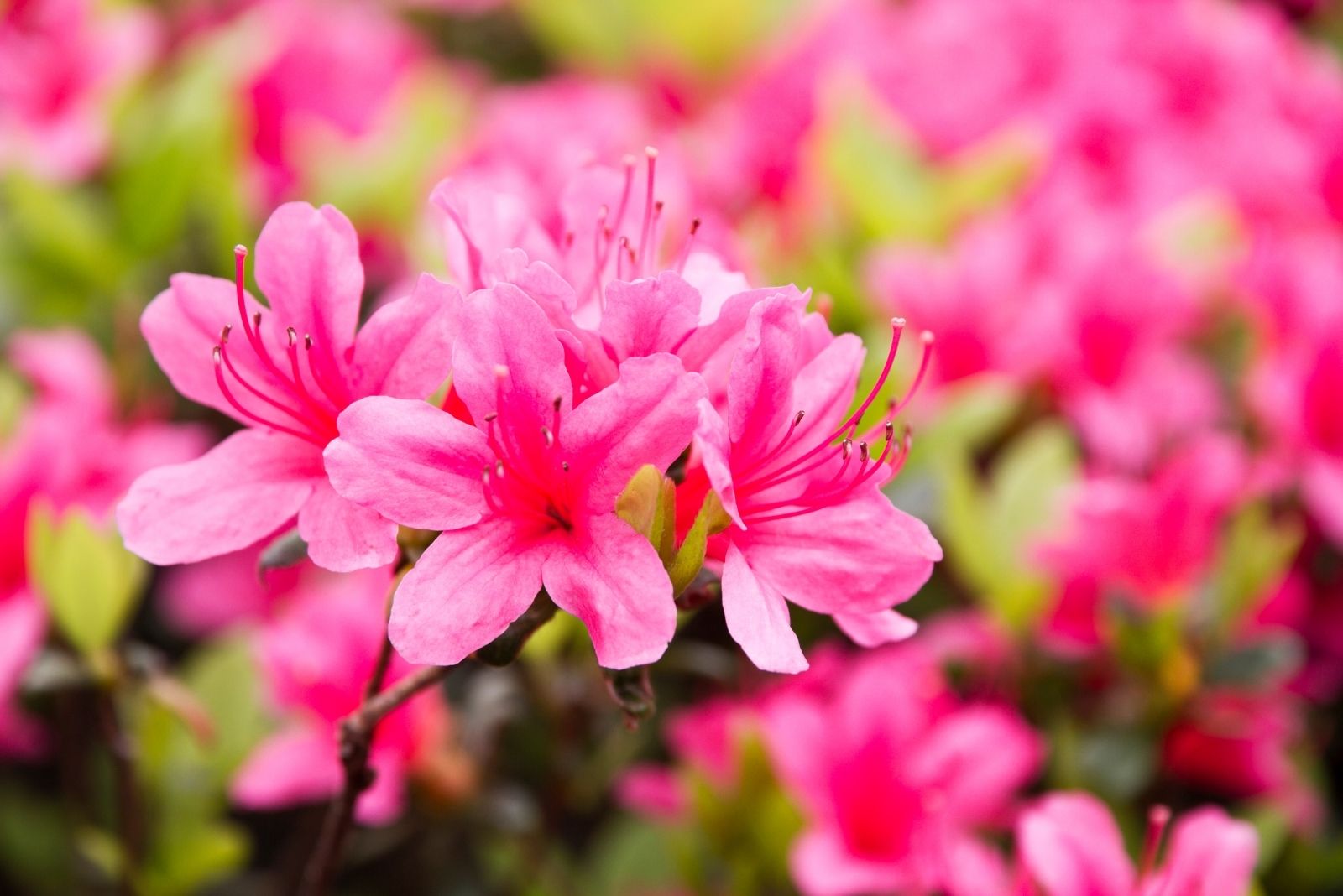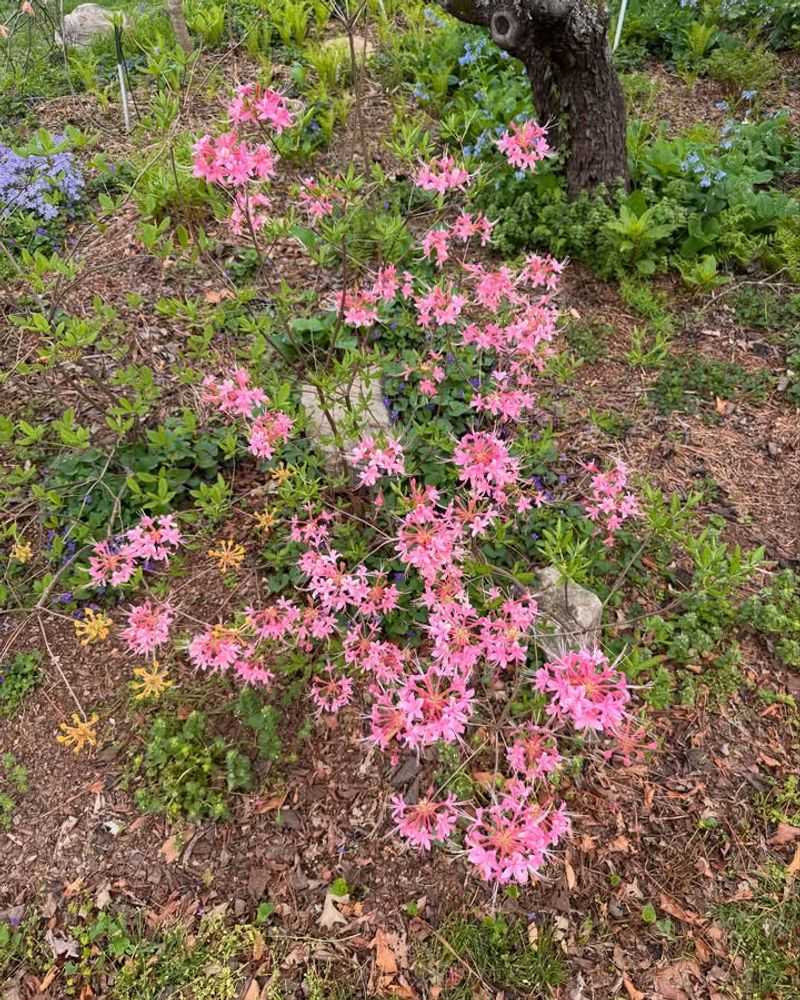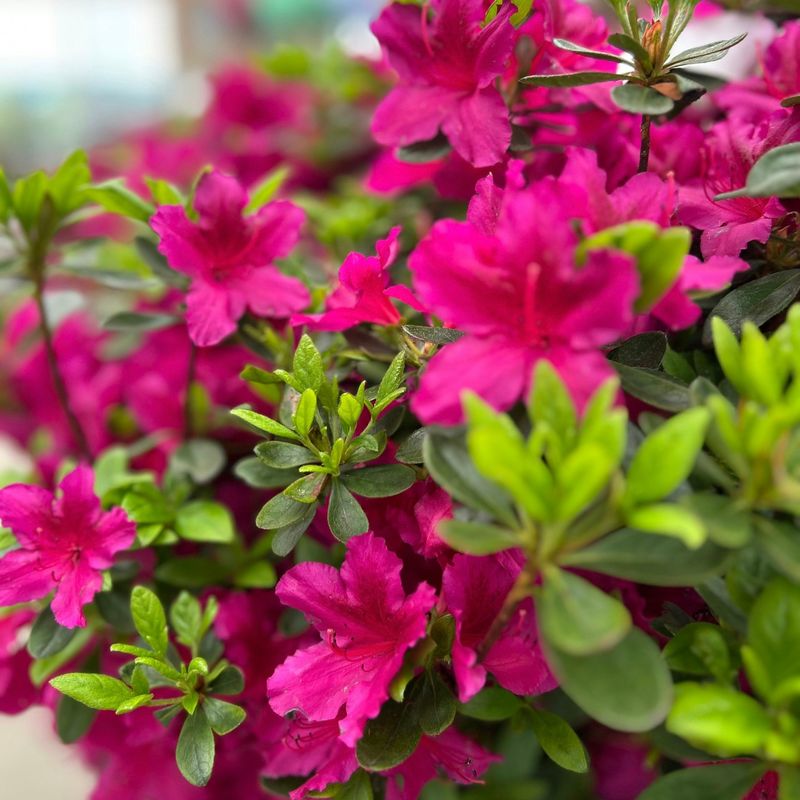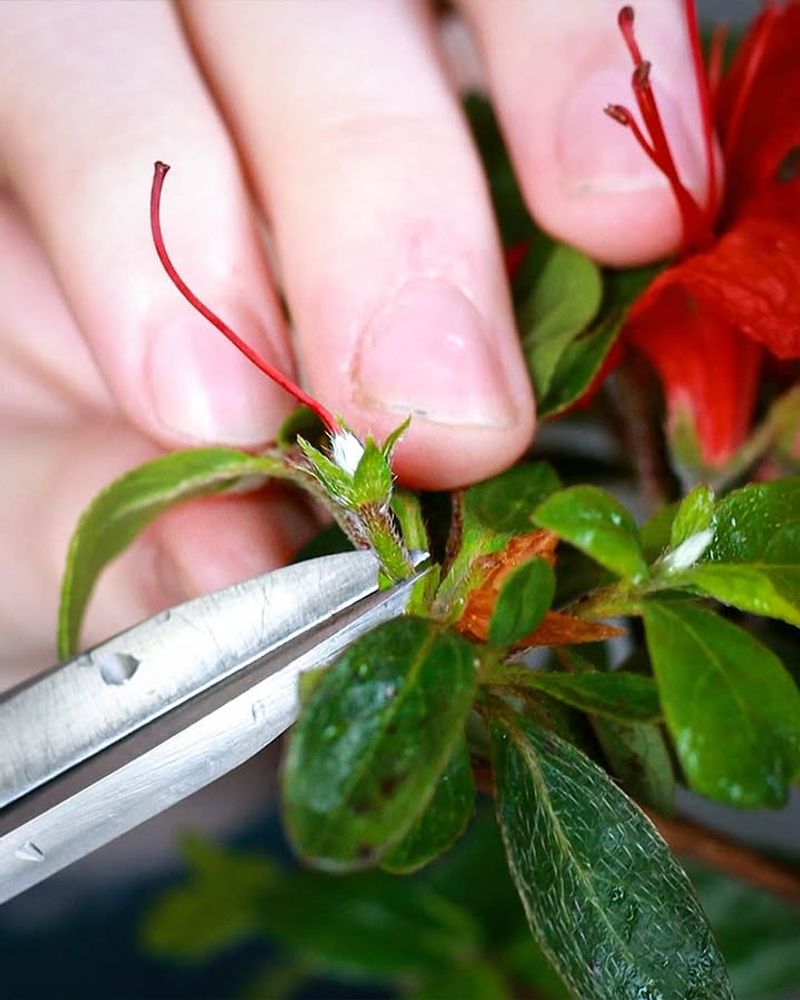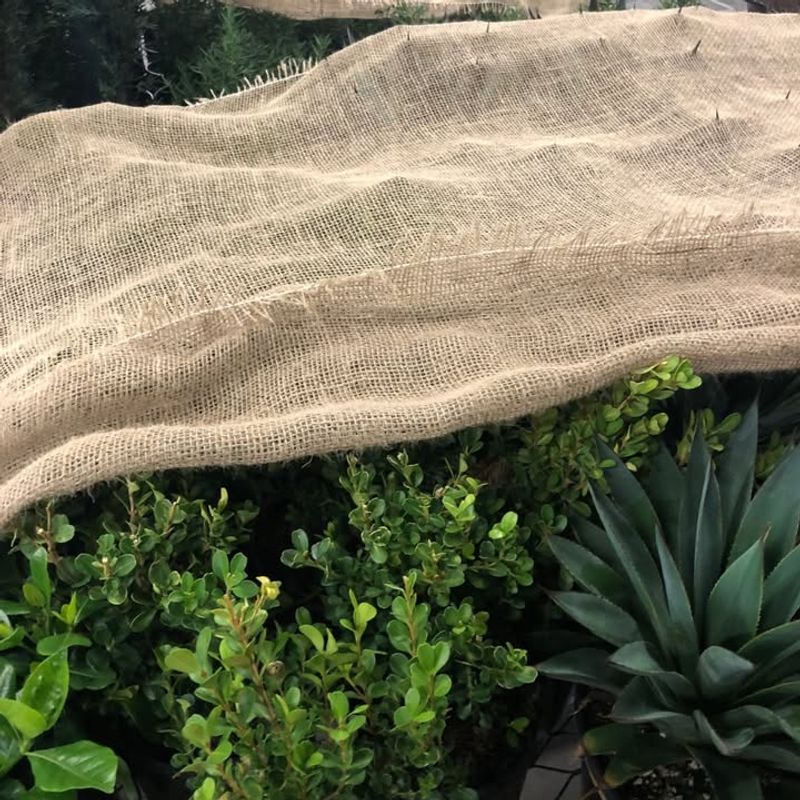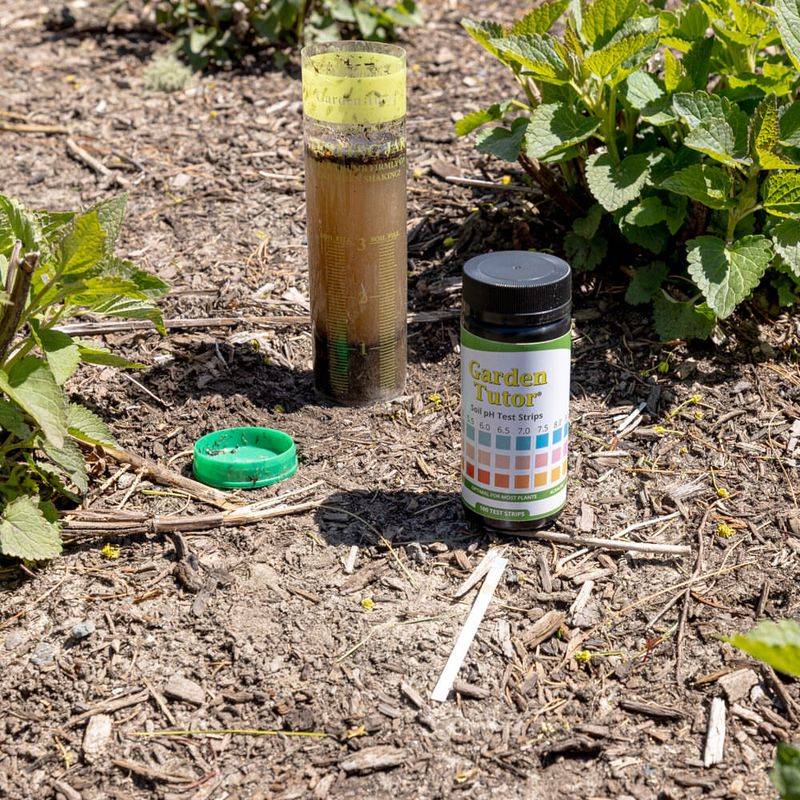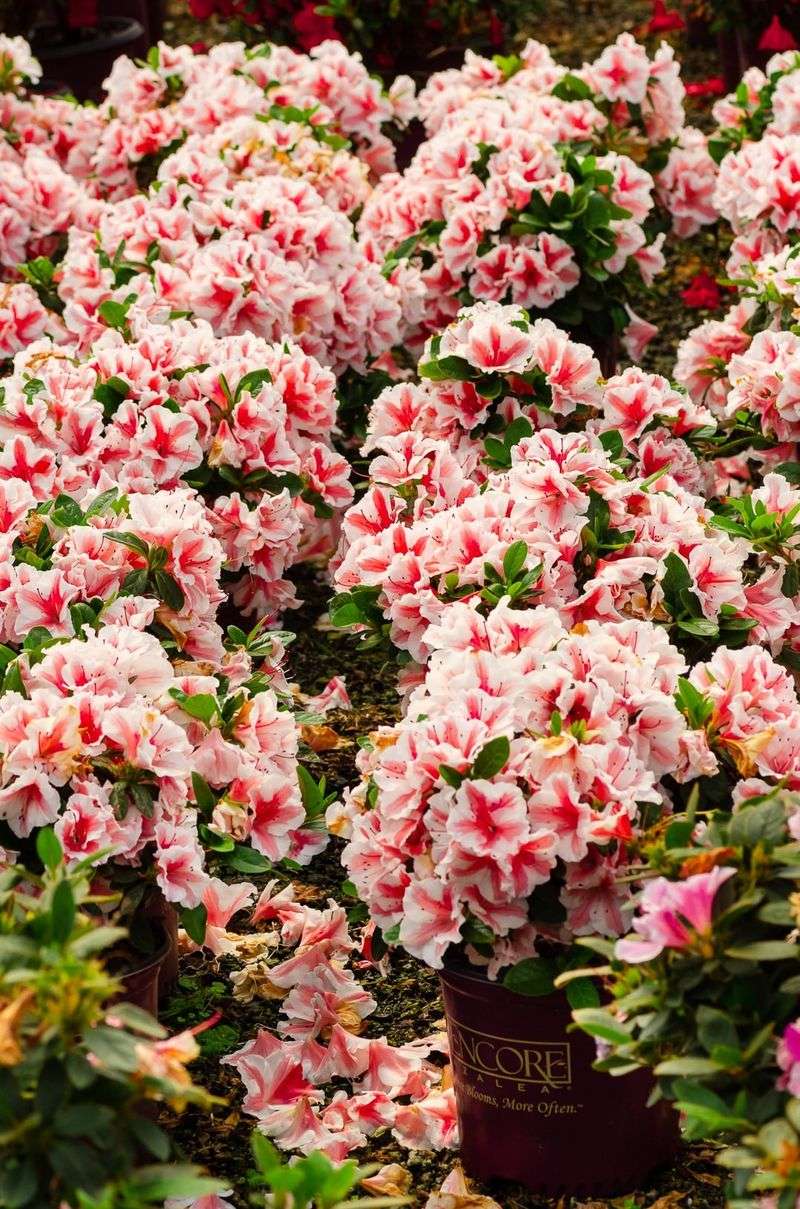North Carolina winters can surprise even experienced gardeners with sudden cold snaps that threaten beautiful azaleas. These vibrant shrubs need special attention before temperatures drop to ensure they survive and thrive when spring arrives.
Taking time now to protect your azaleas will reward you with gorgeous blooms next season.
1. Water Deeply Throughout Fall
Hydrated roots handle freezing temperatures much better than dry ones. Many gardeners forget that azaleas still need moisture even as temperatures cool down in autumn.
Give your shrubs a thorough soaking once a week if rainfall is scarce. The goal is to keep soil consistently moist but never waterlogged, especially during October and November.
Well-watered azaleas enter winter dormancy in stronger condition, making them more resistant to frost damage and temperature fluctuations throughout the cold months ahead.
2. Apply A Thick Layer Of Mulch
Mulch acts like a cozy blanket for azalea roots during winter freezes. Pine bark, pine straw, or shredded leaves work wonderfully for these acid-loving plants.
Spread a layer about three to four inches thick around each shrub, keeping it a few inches away from the stems to prevent rot. This protective covering helps regulate soil temperature and retains precious moisture.
As an added bonus, organic mulch breaks down over time, enriching your soil with nutrients azaleas absolutely love for future growth seasons.
3. Stop Fertilizing By Late Summer
Feeding azaleas too late encourages tender new growth that frost will quickly destroy. Your plants need time to harden off before cold weather arrives, so put away that fertilizer after mid-August.
New shoots that appear in fall won’t have enough time to toughen up before freezing temperatures hit. Instead, they become vulnerable targets for frost damage that can harm the entire plant.
Patience pays off when you allow azaleas to naturally slow their growth and prepare for winter rest on their own schedule.
4. Prune Only Dead Or Damaged Branches
Fall is not the time for major haircuts on your azaleas. Heavy pruning stimulates growth that winter will damage, so save serious trimming for after spring blooms fade.
However, removing clearly dead, diseased, or broken branches makes sense anytime. These problem areas can harbor pests and diseases that spread during winter months when plants are stressed.
Use clean, sharp tools and make cuts at a slight angle just above a healthy bud or branch junction for best results.
5. Shield Plants From Harsh Winds
Cold winds dry out azalea leaves faster than freezing temperatures alone, causing browning and damage that looks terrible come spring.
Wind protection matters just as much as temperature control for these evergreen beauties. Consider installing burlap screens on stakes around exposed plants, especially those on the north side of your property.
Natural barriers like fences, walls, or other shrubs also provide excellent protection. Even a simple windbreak can make the difference between healthy azaleas and stressed, damaged plants.
6. Check Soil PH And Adjust If Needed
Azaleas are picky eaters that demand acidic soil between 4.5 and 6.0 pH to absorb nutrients properly. Fall offers perfect timing to test and adjust soil chemistry before winter arrives.
Pick up an inexpensive soil test kit from your local garden center and follow the instructions carefully. If your soil tests too alkaline, work in sulfur or an acidifying fertilizer according to package directions.
Proper pH ensures your azaleas can access iron and other essential nutrients, keeping foliage green and roots strong throughout winter stress.
7. Monitor Weather And Cover During Hard Freezes
North Carolina weather can be unpredictable, swinging from mild to freezing overnight during transition seasons. Keep an eye on forecasts, especially when temperatures threaten to drop below 20 degrees Fahrenheit.
Frost blankets, old sheets, or even cardboard boxes can protect azaleas during unexpected hard freezes. Drape coverings loosely over plants in late afternoon, making sure fabric reaches the ground to trap warm air underneath.
Remove covers once temperatures rise above freezing so plants can breathe and receive sunlight during warmer daylight hours.

